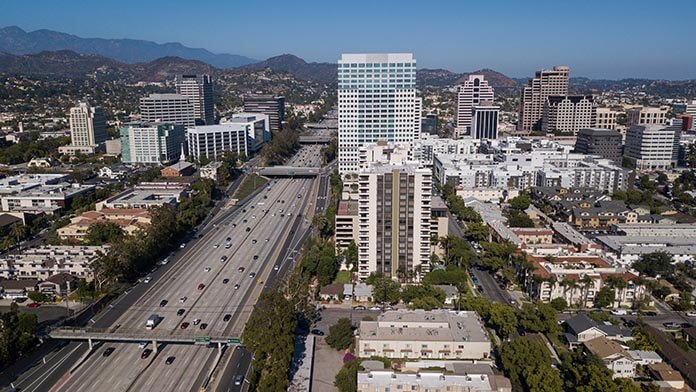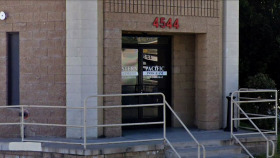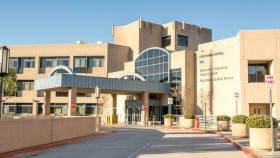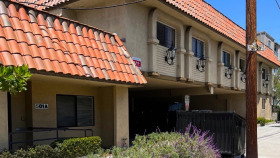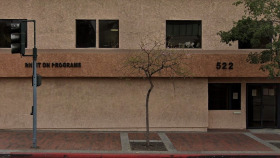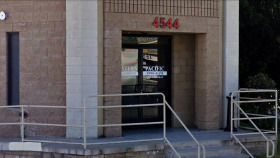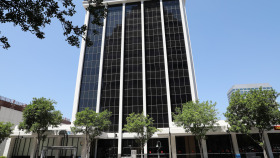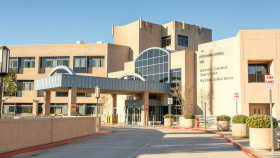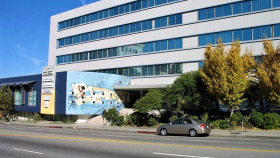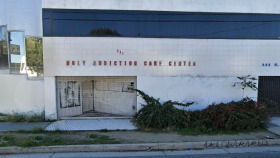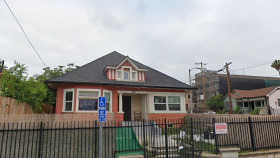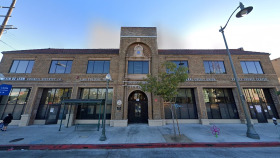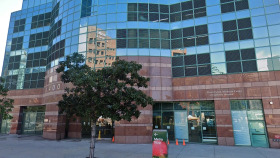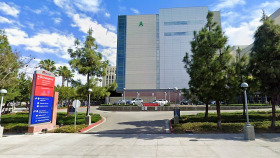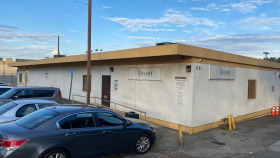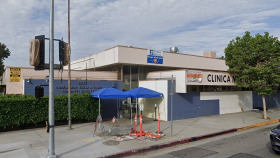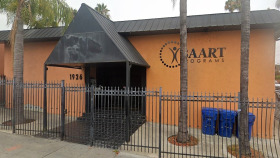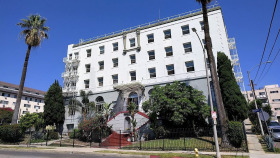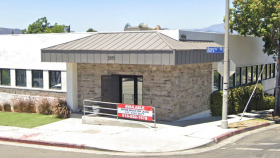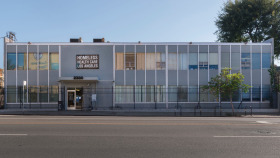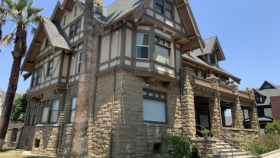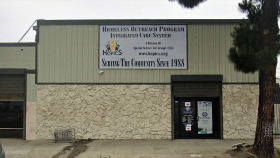Expert Insights
Did you know drug and alcohol overdose is the leading cause of death for people experiencing homelessness in Glendale’s Los Angeles County? Meth and fentanyl are the top killers in recent years. Fortunately, organizations in the area aren’t ignoring this at-risk population. Los Angeles County created the Homeless Mortality Prevention Initiative Workgroup, which is working to provide better addiction resources for the homeless population. Their action plans include expanding recovery-oriented housing options, providing more field-based services, and reducing the amount of time to access recovery services. It’s good to see the county stepping up and making positive efforts to get help to those who need it most. This is exactly what we need in Glendale.
~ Kerry Nenn
Cost of Drug Rehab in Glendale
The cost of drug and alcohol rehab in Glendale varies considerably, depending on the type of program and the kinds of payment individual facilities will accept. Those costs can range from zero for a free, government-run program to thousands of dollars for a stay in a luxury drug or alcohol facility.
Inpatient or residential rehabs are generally the most expensive treatment programs since they provide room, board, and other amenities alongside a full slate of counseling, therapy, and other support for recovery from addiction. Outpatient programs usually involve regular meetings with a counselor, therapist, or group and typically cost considerably less than inpatient.
If you are struggling with low income, you may qualify for a free inpatient or outpatient program covered by state or federal funding or by nonprofit organizations using donations and grants. Private facilities make their own decisions about the payment options they accept, but most take some form of insurance or offer financial help in the form of payment plans, sliding fee scales, or scholarships.
Glendale Alcohol and Drug Use Statistics
Glendale is the fourth largest city in Los Angeles County, just minutes from Los Angeles, Burbank, and Pasadena, all of which offer attractions, business centers, and entertainment venues.2 But Glendale faces substance abuse issues that are similar to those affecting other cities in the county and state. This includes a rise in the use of illicit drugs such as cocaine and methamphetamine, as well as prescription painkillers like oxycodone, and fentanyl, a synthetic opioid 50 times more potent than heroin.
Alcohol use is also a concern in Glendale, as it is in the Golden State as a whole. Half of California residents over the age of 12 reported consuming alcohol in the previous month. The many Glendale drug rehabs aim to address the rise in substance use disorders with treatment programs ranging from free to luxury facilities with spa-like amenities. In Glendale, drug and alcohol rehab is available to just about everyone who needs help with addiction.
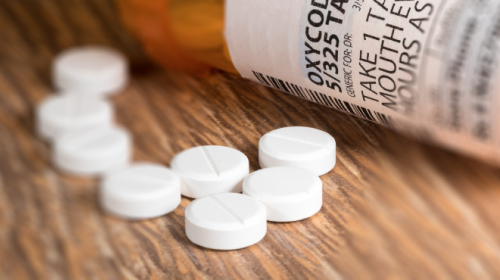
In 2021, the state of California recorded a total of 6,843 opioid-related drug overdose deaths.
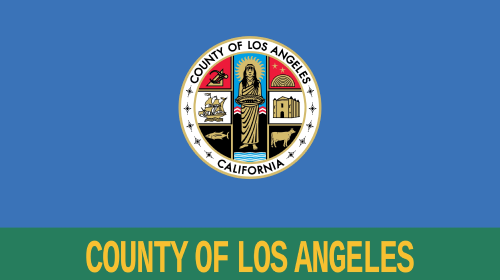
In Los Angeles County, where Glendale resides, 1,300 opioid-related overdose deaths were recorded in 2020.

In 2020, the opioid dispensing rate for Los Angeles County was 24.5 per 100 residents.

Half of California residents over the age of 12 reported consuming alcohol in the previous month.
Drug and Alcohol Laws in Glendale
The City of Glendale follows California’s drug and alcohol laws.13
The state has some of the country’s most liberal laws on cannabis, which is legal for both medical and recreational use for anyone over 21 and for medical use for anyone over 18. Penalties for possessing other controlled substances can vary depending on the nature of the offense and a person’s history of convictions. The recently enacted Proposition 47 reclassifies simple possession for personal use as a misdemeanor, not a felony. That can still carry penalties of up to a year in jail and fines of up to $1000, but this change makes it easier to divert first-time offenders into rehab rather than prison. Selling controlled substances of any kind remains a felony.
Throughout California, it’s illegal to be under the influence of a controlled substance of any kind. Driving under the influence of alcohol or other drugs can carry stiff penalties, including a year of jail time and fines of $1000 or more.
Opioid drugs and medications like heroin, oxycodone, and fentanyl account for many overdose deaths in the state, so the California Department of Health Care Services sponsors the Naloxone Distribution Project.14 This program grants first responders in community services and drug and alcohol rehab programs a free and unlimited prescription for naloxone, a medication that quickly reverses the symptoms of opioid overdose. Since 2018, this program has saved an estimated 57,000 lives.
Under California’s Good Samaritan laws, anyone who renders aid in good faith to someone in a drug or alcohol-related crisis is safe from liability.
Resources
- California Health Care Foundation.27 Jan 2022. California Health Care Almanac, 2022 Edition: Substance Use in California: Prevalence and Treatment.
- FindTreatment.gov. (n.d.). FindTreatment.gov.
- City of Glendale, California. (n.d.). Our City.
- US Department of Health and Human Services. (n.d.). Mental Health and Substance Use Insurance Help.
- US Centers for Medicare and Medicaid Services. (n.d.). The Mental Health Parity and Addiction Equity Act.
- State of California Department of Health Care Services. (n.d.). What is Medi-Cal?
- US Centers for Medicare and Medicaid Services. (n.d.). Medicaid and Medicare.
- Substance Abuse and Mental Health Services Administration. (n.d.). What is Methadone?
- Velander, Jennifer. Suboxone: Rationale. Science, Misconceptions. (2018 Spring). The Ochsner Journal. 18(1): 23-29.
- Substance Abuse and Mental Health Services Administration. (n.d.). What is Naltrexone?
- National Library of Medicine Drug Information. (n.d.). Medline Plus.
- National Library of Medicine Drug Information. (n.d.). Acamprosate. Medline Plus.
- City of Glendale, California. (n.d.). Glendale, CA: Places and Neighborhoods.
- California State Legislature. (2021 Aug 16). California Legislative Information. Bill Text.
- California Department of Healthcare Services. (n.d.) Naloxone Distribution Project.ca.gov.

